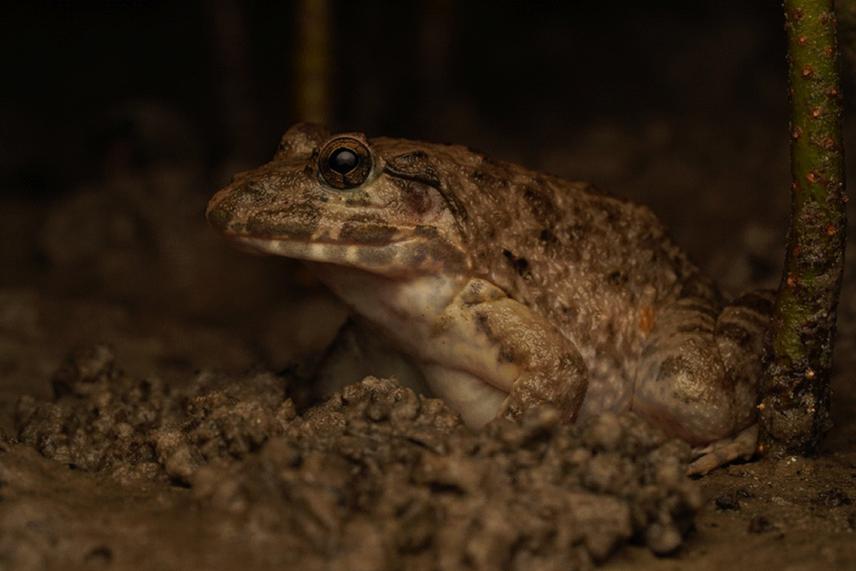Caleb Daniel Gnanaolivu
Other projects
18 Jul 2017
Will Invasive Plants Threaten the Survival of the Vulnerable Spiny-Tailed Lizard in India?
The Andaman Islands, located within the Indo-Burma global biodiversity hotspot, have spectacular levels of diversity and endemism. The islands attract approx. 1.5 million tourists annually, and a strong drive intended at commercial tourism expansion has led to the removal of entry curbs on 29 formerly-restricted islands including Little Andaman. Unregulated, large-scale tourism can contribute to rapid biodiversity loss stemming from habitat changes due to associated human activities, and introduction of exotic species. There has been no evaluation of potential impacts, neither is there a strategy to cope with the potential damage to the unique biodiversity and fragile island ecology. Therefore, we aim to study potential impacts on key groups such as amphibians, reptiles and birds along a disturbance gradient and predict the effects of habitat degradation and invasives on native fauna. Further, we hope to identify tourism no-go zones, outline potential impact scenarios, and help conserve threatened habitats.

Mangrove Frog (Fejervarya cancrivora) at Bada Balu beach, South Andaman.
We intend to compare the change in species diversity of reptilian, avian and amphibian groups across a disturbance gradient in the Andaman Islands, using South and Little Andaman as study sites. Considering the extended exposure of South Andaman to tourism over the past few decades, it represents a system with high tourism pressure. Little Andaman is a largely forested island with very limited tourism impacts and serves as a control site. We will utilize a grid-based approach to quantify disturbance and associated biodiversity loss across units in each habitat type, providing an account of their diversity and a baseline for prediction to mitigate further degradation.
The objectives of the study and its corresponding activities are as below:
To document biodiversity of target taxa (birds, amphibians, reptiles) and quantify disturbance in the region,
1) We will establish a measure of disturbance based on visitor entry logs at popular tourism spots, signs of invasive species presence and duration of resort presence in the vicinity of each grid sampled.
2) We will carry out biodiversity surveys in grids across each habitat type. Transects, point counts, visual encounter and tree canopy survey methods will be employed to document bird, reptile and amphibian diversity respectively.
To compare differences in biodiversity across a human disturbance gradient,
1) We will compare differences in biodiversity (diversity and composition) at different intensities of disturbance in forest types that occur in South and Little Andaman Islands.
2) We will also explore the shift in micro-habitat preference for each species across a gradient of tourism intensity/ disturbance.
To communicate results with relevant stakeholder groups and provide relevant information on sustainable tourism and best practices to local groups, particularly commercial stakeholders,
1) We will conduct education and outreach programmes to engage local communities and school children by building awareness about the Islands’ biodiversity.
2) We will hold stakeholder meetings with NITI Aayog (National Institution for Transforming India), Andaman and Nicobar Department of Environment & Forests, and Department of Tribal Welfare (A and N), communicating our results and providing recommendations towards minimizing disturbance on these islands.
3) We will communicate the results of the study through articles in newspapers, popular science magazines and online news platforms. International and popular news platforms will be targeted to gather maximum media attention and public support for communicating mitigation actions from the study in Little Andaman Island.
Header: Pandanus dominated littoral forest trail at Karmatang 11, Middle Andaman.